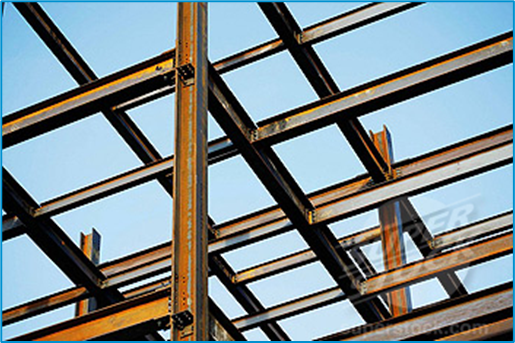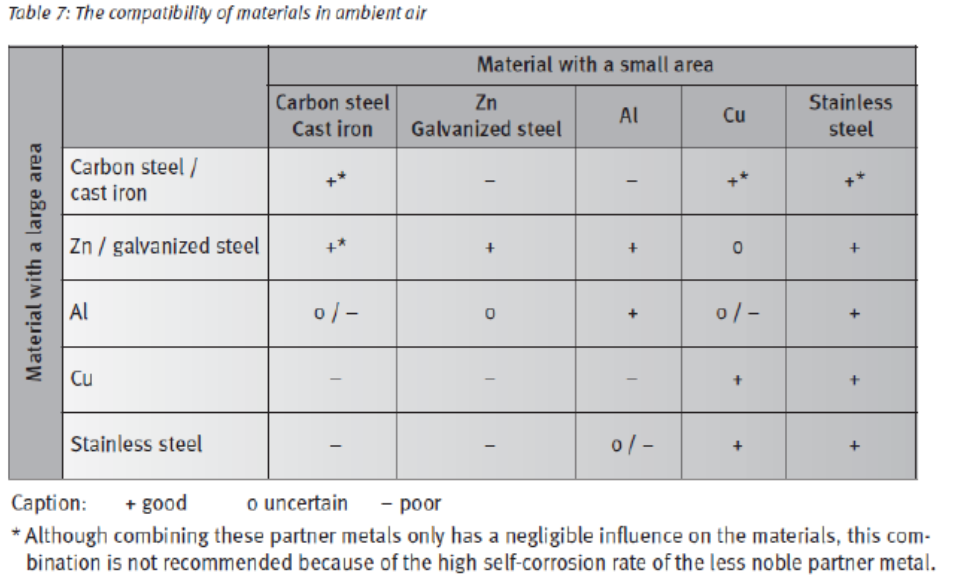- 1 Minute to read
- Print
- PDF
3. Main Types of Corrosion
- 1 Minute to read
- Print
- PDF
Uniform Corrosion is the attack of a metal at essentially the same at all exposed areas of its surface. At no point is the penetration of the metal by corrosion twice as great as the average rate.

Concentration Cell Corrosion is corrosion that is accelerated by differences in environment between separated areas on a single metal.
Erosion-Corrosion is a general term that refers to a corrosion process enhanced by the action of flowing fluids. The process can also be characterized by whether the fluid contains solid particles, is in the form of impinging droplets, or is undergoing cavitation. Cavitation is the formation and sudden collapse of vapour bubbles in a liquid.
Atmospheric corrosion varies drastically depending on the proximity to the coast line or industrial areas. The electrolyte that facilitates the corrosion is moisture from rain or dew or sea spray. The amount of time that the metal is exposed to water and the levels of salts in the moist air along with the concentration of any industrial pollutants will directly affect the level of corrosion.
Fretting corrosion is an attack that is accelerated by the relative motion of contacting surfaces (dissimilar metals for example).
De-alloying is the selective corrosive attack of one or more constituent of a metallic alloy.
Galvanic corrosion is a localised corrosion mechanism by which metals can be preferentially corroded.


